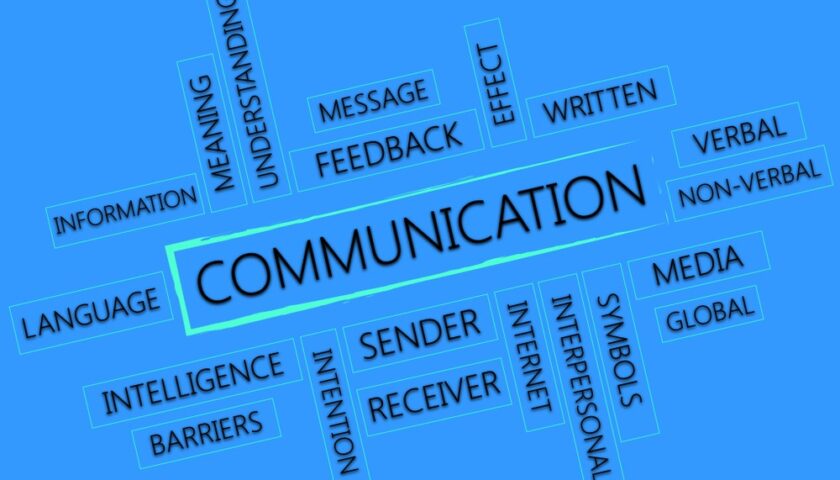Way back when I was being trained to be a Qualified Flight Instructor, I was surprised to have some initial trouble acclimating to the right seat. Though I had flown the same aircraft earlier during training stage and I was coming back having flown fast and highly manoeuvrable fighter jets. Subsequently, once again I faced the same problem of acclimating, when I was undergoing Experimental Test Pilot course. I was preparing Flight Test schedule on one aircraft, executing flight tests on another aircraft and writing report of test conducted on the third aircraft. It was during the course, I got unknowingly trained to keep up selective focus and attention on the task at hand.
Since then, I’ve seen many other pilots at least initially suffer the same issue. A common example is someone stepping from a right seat to left seat during P1 upgrade or a pilot moving from aircraft with conventional control column to a side-stick type Fly by Wire aircraft. And it is not just the seat or type of controls but also the way flight deck is arranged or the reach to various controls is set which further adds to problem and trouble where habit interference may lead to accidents or incidents. That’s one reason pilots are trained to not touch anything unless they have identified the correct switch before activating it. In some cases they are even required to confirm the switch or lever from the other pilot before it’s activation.
It is a “muscle memory” problem or the way pilots trained themselves, where they become experienced at doing something in a certain fashion. When they change seat or convert onto a new aircraft; they have to retrain or unlearn something to do it another way, from the new seat. In my opinion, the unlearning part is the most difficult one.
What is muscle memory?
Unlike octopuses, we don’t have brains in our limbs. So we can’t really “memorize” anything in our arms and legs. But it’s true that once you learn how to do something physical—whether it be riding a bike or swimming – it becomes easier and easier to do it without thinking. It sure feels like your muscles remembers how to do it. But the reality is that the activity is happening in our brains. The parts of your brain responsible for that physical activity, mainly the motor cortex, develop stronger connections between neurons and the muscles responsible for the physical action. And it’s these connections that make the memory better and easier to access. As we keep practicing, our memory is refreshed and stronger connection is built which we call as muscle memory.
Muscle memory is an interesting physiological phenomenon involving our muscles and their interaction with the brain. The more often we perform a given physical action, the more likely we are to do it as needed, when needed, without having to think about the specific combination of movements involved. These habits thus become an unconscious process that occurs when triggered by a given circumstance or set of cues. However, as in life nothing comes without a caveat.
During routine IR/PPC check in simulator, we had lowered landing gear via alternate means due to a hydraulic system problem. We commenced approach, but had to initiate Go-around due to poor visibility. As I rotated the nose for climb, along with increasing power, SFO called out, “Power set, Positive rate”, and moved his left had to select the landing gears up. Though it was simulator, I had to literally hold the hand of SFO, to prevent him from moving the Landing gear lever up. This incident illustrates why it is important to slow down when completing checklists and flows during abnormal operations to ensure they are completed properly.
Practicing a procedure until the process is automatic, developing muscle memory can be crucial when an immediate action emergency (such as an engine failure at V1) occurs. However, as in the incident above, muscle memory can be a problem when the cues are right, but the circumstances are wrong. That is when the brain has to be “conscious” enough to stop the automatic response of a well-trained muscles.
Automatic Response or Muscle Memory Actions
The first mental process of safe flight is AUTOMATIC REACTION. Automatic reaction is used to maintain ongoing control of the aircraft, such as stabilizing heading and altitude by making small, automatic adjustments to the controls. It may also be used in certain emergency situations where specific, prompt action is required. Automaticity is one of the by-products of practice. As procedures become automatic, less attention is required to carry them out, so it is possible to do other things simultaneously, or at least do other things more comfortably.
Pilots learn to do many things automatically, simultaneously, and without thinking about each individual act. They have learned skills and procedures that are now more or less automatic reactions for them. When they first practiced them, however, they had to devote a great deal of their attention to them and concentrate in order to perform successfully. Gradually, with more practice, there was a decline and eventual elimination (possibly without their realization) of their need to “think about” what they were doing as these skills became truly automatic reactions.
When skills are learned to the point of automaticity, the load on working memory typically is reduced by 90%. Typically, skills learned to the point of automaticity are also difficult to describe.
Attention and Memory
Our cognitive processing begins with selecting an event and maintaining it in our consciousness. The event may be internally generated (thought) or initiated by internal or external stimuli. The amount of stimuli that can be taken in by our sensory systems is considered to be unlimited. However, the amount of information that can be held in short term memory is limited to 7 + 2 items for 18 to 20 seconds. Short Term memory, therefore, creates a “bottleneck” for incoming information. In a sense, it is a “bottleneck” with a purpose–otherwise, we would be inundated with irrelevant stimuli. In the above case, after a non-normal situation, pilots perform non-normal checklist and at the same time continue to perform other functions like controlling the aircraft, maintaining communication etc. With the progress of time, the Short Term memory which is limited in capacity and duration is inundated with more information which supersedes the previous information. The pilots who are able to better control their attention as well as process the information with reasoning and logic and shift that information to working memory or Long Term memory will be able to perform the task in a better manner. This may be further enhanced by another review of actions prior to commencing approach or at any appropriate time which should be decided by the crew beforehand.
How to Manage such Situations?
- Aviate. When a non-normal event occurs, the first thing we must do is ensure that the aircraft is flying safely.
- Navigate. With the aircraft flying safely, the next step is to navigate the aircraft to a position which continues to keep us safe.
- Communicate. Informing Air Traffic Control that we have a problem is important at some point, but it may not need to be done immediately.
- Carry out the non-normal checklist. This would be responsibility of PM while PF continues to fly the aircraft.
- Now go over the implications of failure, build a better mental picture and spend some time discussing about the problem together.
- Review the difference in actions before each phase of flight. This would further enhance the stimuli to Short Term and Working memory.
Bottom Line
When the unexpected happens, as pilots, we need to react in a calm and collected manner to enable us to think clearly and come up with a safe plan. By using the “aviate, navigate, communicate” process, we not only ensure that the aircraft is flying safely, but we also give ourselves time to think and act. Once again, understanding the limitations of ‘Short Term Memory’ and ‘Muscle Memory’ it would be prudent to review the actions and highlight difference in actions for each subsequent phase of flight. This constant review would keep the aircraft and its occupants safe.
Your strongest muscle and worst enemy is your mind, Train it well.
Any views or suggestions?
Be safe, Happy landings.



